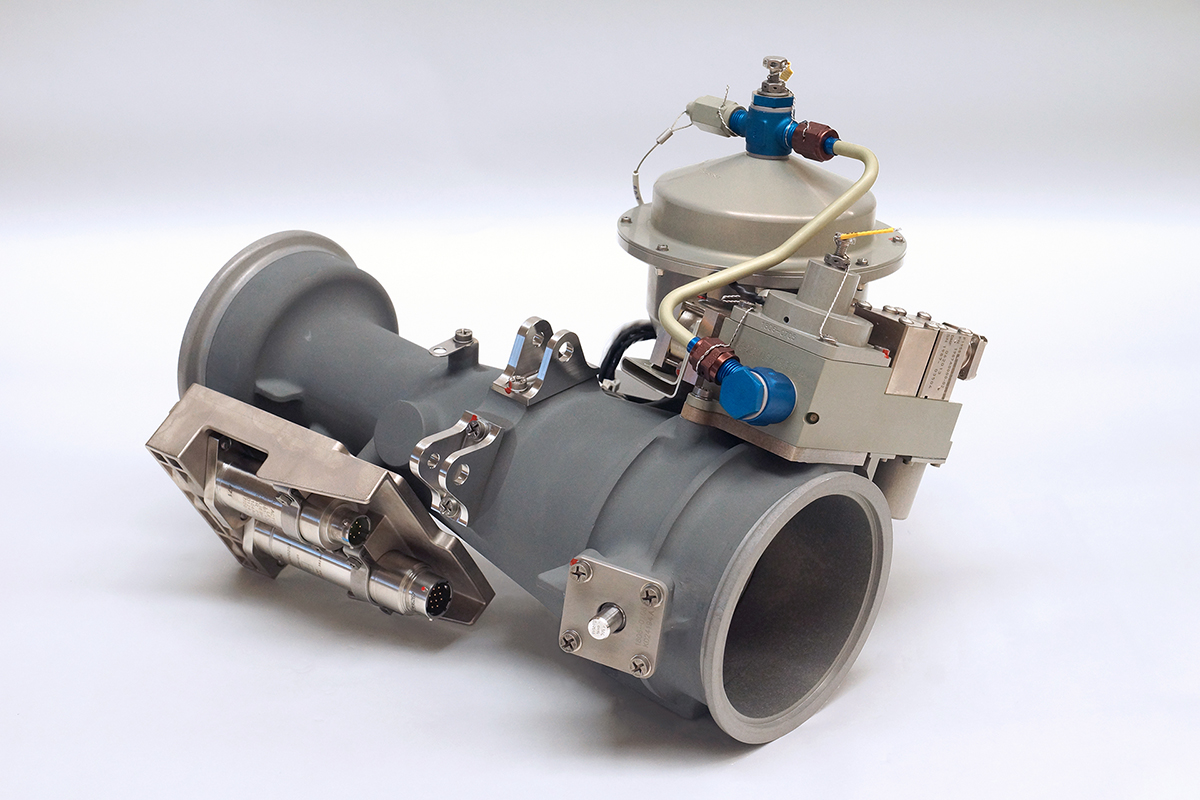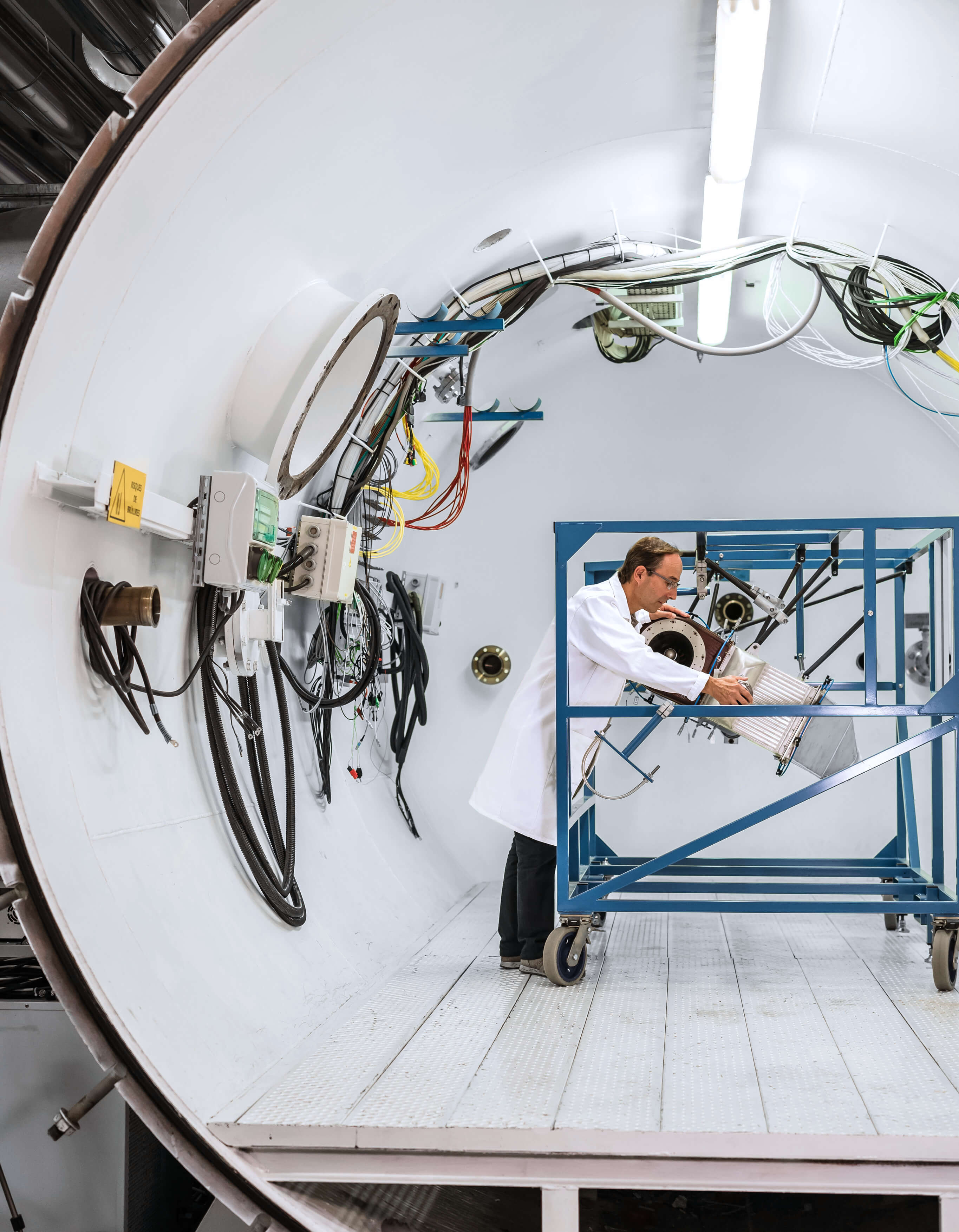 Aerospace and transportation systems
Aerospace and transportation systemsLiebherr is a first tier provider of on-board solutions and reliable partner to its customers in the aerospace and transportation industry, contributing to a sustainable transport through innovative products and best in class services.
Market coverage










Air and space
Commercial aircraft
Business jets
Advanced air mobility
Helicopters
Defense
Engines and nacelles
Satellites
Ground
Railway rolling stock
Commercial vehicle
Solutions for your challenges
Solutions for aerospace

Solutions for defense

Solutions for railway

Services for aerospace

Visit us on social media

Working on the future of mobility
Are you ready for the journey?
Looking for a job in the aerospace and railway industry? Join Liebherr, a family-run company, for your next career move. We are looking for enthusiastic talents and offer many opportunities. Our core values, our sense of community and our demand for skills in various field will lay the ground for your professional career.
Downloads

This video is provided by Google*. When you load this video, your data, including your IP address, is transmitted to Google, and may be stored and processed by Google, also for its own purposes, outside the EU or the EEA and thus in a third country, in particular in the USA**. We have no influence on further data processing by Google.
By clicking on “ACCEPT”, you consent to the data transmission to Google for this video pursuant to Art. 6 para. 1 point a GDPR. If you do not want to consent to each YouTube video individually in the future and want to be able to load them without this blocker, you can also select “Always accept YouTube videos” and thus also consent to the respectively associated data transmissions to Google for all other YouTube videos that you will access on our website in the future.
You can withdraw given consents at any time with effect for the future and thus prevent the further transmission of your data by deselecting the respective service under “Miscellaneous services (optional)” in the settings (later also accessible via the “Privacy Settings” in the footer of our website).
For further information, please refer to our Data Protection Declaration and the Google Privacy Policy.*Google Ireland Limited, Gordon House, Barrow Street, Dublin 4, Ireland; parent company: Google LLC, 1600 Amphitheatre Parkway, Mountain View, CA 94043, USA** Note: The data transfer to the USA associated with the data transmission to Google takes place on the basis of the European Commission’s adequacy decision of 10 July 2023 (EU-U.S. Data Privacy Framework).Liebherr-Aerospace Analytics – predictive health management in aviation
For decades, we've been at the forefront of innovation, developing, manufacturing, and servicing flight control systems, landing gears, environmental control systems, and more. Our commitment to excellence extends beyond product quality; we offer OEM customer service throughout the product lifecycle, ensuring endurance and efficiency.

This video is provided by Google*. When you load this video, your data, including your IP address, is transmitted to Google, and may be stored and processed by Google, also for its own purposes, outside the EU or the EEA and thus in a third country, in particular in the USA**. We have no influence on further data processing by Google.
By clicking on “ACCEPT”, you consent to the data transmission to Google for this video pursuant to Art. 6 para. 1 point a GDPR. If you do not want to consent to each YouTube video individually in the future and want to be able to load them without this blocker, you can also select “Always accept YouTube videos” and thus also consent to the respectively associated data transmissions to Google for all other YouTube videos that you will access on our website in the future.
You can withdraw given consents at any time with effect for the future and thus prevent the further transmission of your data by deselecting the respective service under “Miscellaneous services (optional)” in the settings (later also accessible via the “Privacy Settings” in the footer of our website).
For further information, please refer to our Data Protection Declaration and the Google Privacy Policy.*Google Ireland Limited, Gordon House, Barrow Street, Dublin 4, Ireland; parent company: Google LLC, 1600 Amphitheatre Parkway, Mountain View, CA 94043, USA** Note: The data transfer to the USA associated with the data transmission to Google takes place on the basis of the European Commission’s adequacy decision of 10 July 2023 (EU-U.S. Data Privacy Framework).Liebherr - Controlled axle steering (LiCAS)
More savings, less network wear! The LiCAS controlled axle steering system has a 95% reduction of track wear, 30-50% reduction of wheel maintenance costs, increse of traction performance, noise reduction and elimination of rolling contact fatigue. Ensure your savings stay on track!













